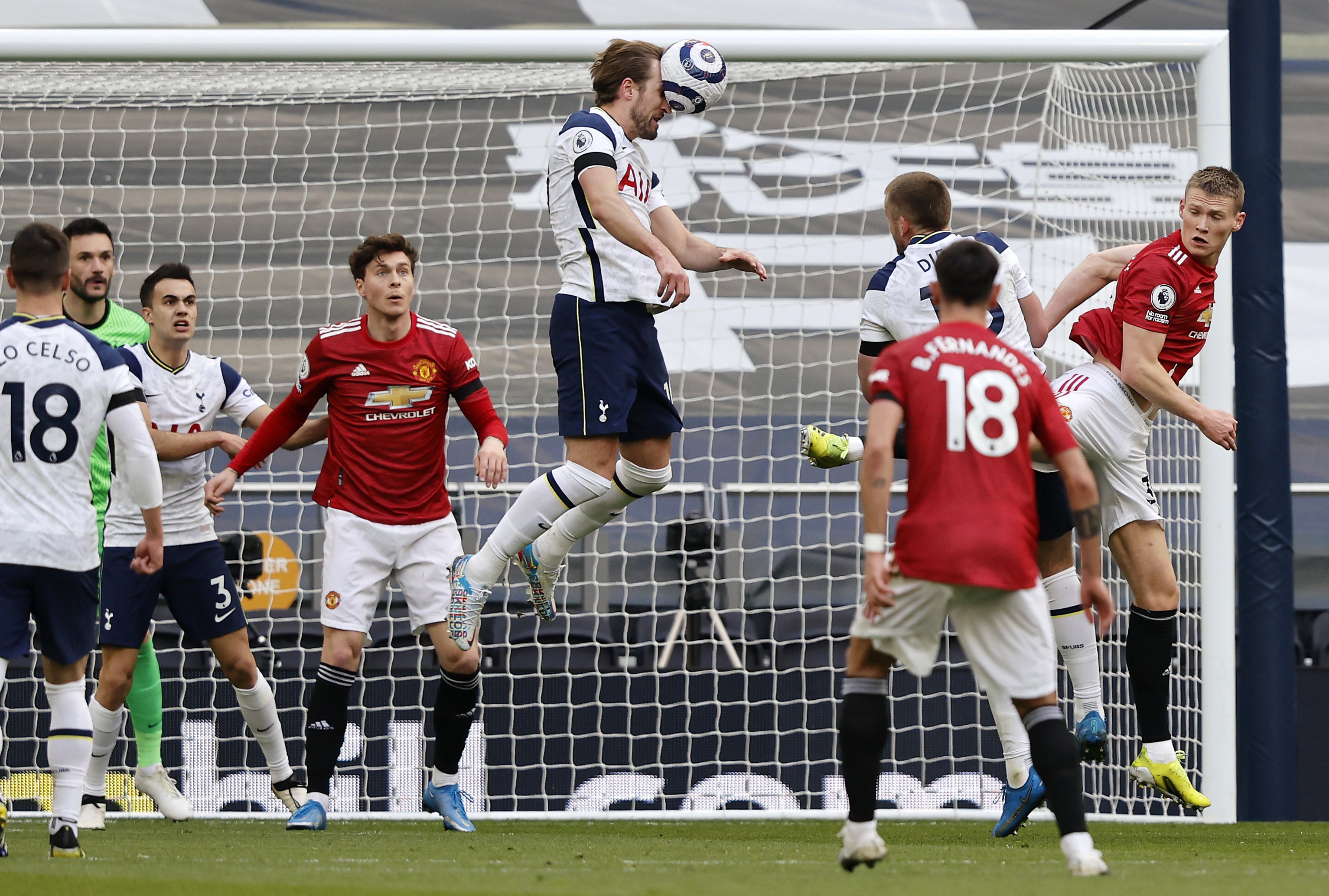Heading guidance to be introduced for all levels of English football next season
Professional clubs will be directed to limit ‘high force’ headers to 10 per training week.

Your support helps us to tell the story
From reproductive rights to climate change to Big Tech, The Independent is on the ground when the story is developing. Whether it's investigating the financials of Elon Musk's pro-Trump PAC or producing our latest documentary, 'The A Word', which shines a light on the American women fighting for reproductive rights, we know how important it is to parse out the facts from the messaging.
At such a critical moment in US history, we need reporters on the ground. Your donation allows us to keep sending journalists to speak to both sides of the story.
The Independent is trusted by Americans across the entire political spectrum. And unlike many other quality news outlets, we choose not to lock Americans out of our reporting and analysis with paywalls. We believe quality journalism should be available to everyone, paid for by those who can afford it.
Your support makes all the difference.Guidance on heading will be introduced into the English game from next season, with all professional, amateur and grassroots clubs involved.
Clubs in the Premier League, EFL, Women’s Super League, FA Women’s Championship, National League, the Women’s Football Pyramid Tiers 3 and below, all grassroots football and across the England national teams will receive the guidance as the governing bodies try to address the risk of brain injuries.
The advice, agreed by the Football Association, Premier League, EFL, Professional Footballers Association and League Managers Association, will not affect the rules of the game, but will be centred on how heading is performed in training sessions.
Professional clubs will be directed to limit ‘high force’ headers – those following a long pass of more than 35 metres or from crosses, corners and free-kicks – to 10 per training week, while also developing specific player profiles which will help tailor their training needs.
Further guidance will be sent to clubs on coaching practices to help develop heading technique using a lower force, such as throwing a ball to a header instead of kicking and players heading from a standing position instead of a running jump.
An advisory panel will also be set up to explore strength and conditioning techniques for the neck and torso, which have an impact on the force of heading.
The guidance for amateur clubs is for heading practice to be limited to one session per week and no more than 10 headers per session and players should be responsible for their own monitoring of their output.
Guidelines for youth football were announced in February 2020 and remain in place.

FA chief executive Mark Bullingham said: “We already have the most comprehensive guidelines in the world for youth football and now we are introducing, in partnership with the other football bodies, the most comprehensive adult football guidelines anywhere. Our heading guidance now reaches across all players, at all levels of the game.
“These measures have been developed following studies with coaches and medics and represent a cautious approach whilst we learn more. We are committed to further medical research to gain an understanding of any risks within football, in the meantime this reduces a potential risk factor.
“Overall it is important to remember that the overwhelming medical evidence is that football and other sports have positive impacts on both mental and physical health.”
The governing bodies will deliver expanded research throughout the season as part of a formal review of the guidance in June 2022.
Join our commenting forum
Join thought-provoking conversations, follow other Independent readers and see their replies
Comments